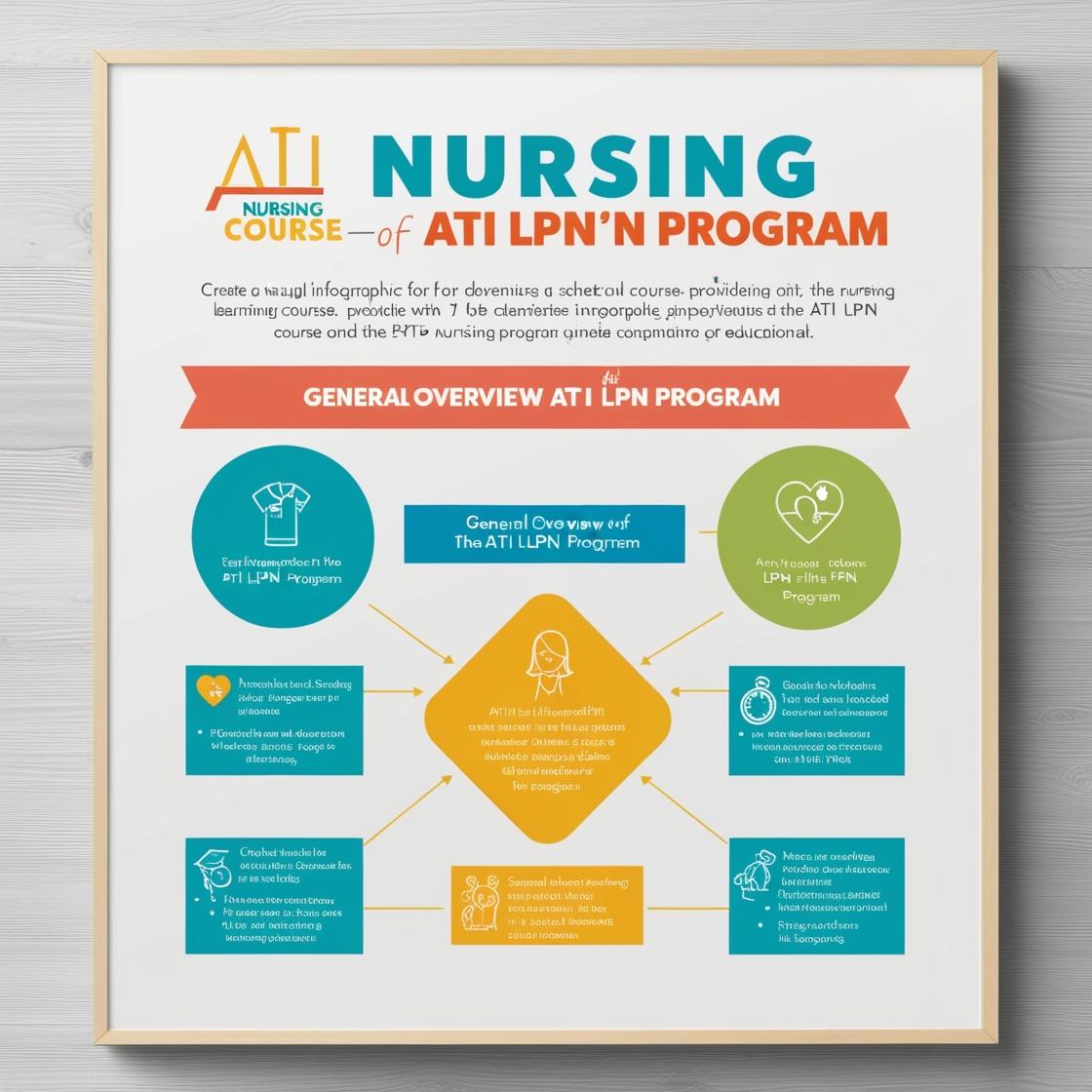LPN LPN
LPN Pharmacology Questions
1. A client has a new prescription for enalapril. Which of the following instructions should the nurse include?
- A. Monitor for a dry cough.
- B. Take the medication at bedtime.
- C. Avoid consuming grapefruit juice.
- D. Take the medication with food.
Correct answer: A
Rationale: The correct answer is A: Monitor for a dry cough. When a client is prescribed enalapril, it is important to monitor for a dry cough because it can be a side effect that indicates a potential issue like angioedema. This side effect needs close attention as it may require discontinuation of the medication to prevent further complications. Choices B, C, and D are incorrect because enalapril does not need to be taken at bedtime, does not interact with grapefruit juice, and can be taken without regard to meals.
2. A healthcare professional is assessing a client who has a new prescription for levothyroxine. Which of the following findings should the healthcare professional report to the provider?
- A. Weight gain
- B. Increased heart rate
- C. Heat intolerance
- D. Elevated blood pressure
Correct answer: C
Rationale: The correct answer is C: Heat intolerance. Heat intolerance is a concerning sign of levothyroxine toxicity and should be reported to the provider promptly. Levothyroxine is a medication used to treat hypothyroidism by supplementing the body's thyroid hormones. When a client experiences heat intolerance, it can indicate that the dose of levothyroxine is too high, leading to hyperthyroidism symptoms. Weight gain, increased heart rate, and elevated blood pressure are not typically associated with levothyroxine toxicity; instead, they are more commonly seen in conditions like hypothyroidism.
3. A client has a new prescription for alendronate. Which of the following instructions should the nurse include?
- A. Take the medication with a full glass of water.
- B. Lie down for 30 minutes after taking the medication.
- C. Take the medication at bedtime.
- D. Avoid dairy products while taking the medication.
Correct answer: A
Rationale: When taking alendronate, it is important to take the medication with a full glass of water to prevent esophageal irritation. This helps ensure that the medication reaches the stomach and is properly absorbed. Lying down after taking alendronate can increase the risk of esophageal irritation, which is why it is recommended to stay upright for at least 30 minutes after taking the medication. Taking the medication at bedtime or avoiding dairy products are not specific instructions associated with alendronate administration. Therefore, the correct instruction to include is to take the medication with a full glass of water.
4. A healthcare professional is assessing a client who has been taking furosemide. Which of the following findings should the healthcare professional report to the provider?
- A. Weight gain
- B. Dry cough
- C. Hypokalemia
- D. Increased appetite
Correct answer: C
Rationale: Hypokalemia is a known side effect of furosemide, a loop diuretic. Furosemide causes increased excretion of potassium in the urine, leading to low potassium levels in the body which can result in serious complications such as cardiac dysrhythmias. Therefore, any signs or symptoms of hypokalemia should be promptly reported to the healthcare provider for appropriate management. Choices A, B, and D are incorrect because weight gain, dry cough, and increased appetite are not typically associated with furosemide use and are not concerning side effects that require immediate reporting to the provider.
5. A healthcare professional is assessing a client who has a new prescription for furosemide. Which of the following findings should the healthcare professional report to the provider?
- A. Weight gain
- B. Dry cough
- C. Hypokalemia
- D. Increased appetite
Correct answer: C
Rationale: The correct answer is C: Hypokalemia. Hypokalemia is a common electrolyte imbalance associated with furosemide use due to its diuretic effect, which can lead to potassium loss. It is crucial to report hypokalemia promptly to the provider as it can result in serious complications such as cardiac arrhythmias. Monitoring and managing potassium levels are essential in patients taking furosemide to prevent adverse effects related to electrolyte imbalances. Choices A, B, and D are incorrect findings to report in a client prescribed furosemide. Weight gain is not typically associated with furosemide use, a dry cough is more commonly linked to ACE inhibitors, and increased appetite is not a common adverse effect of furosemide.
Similar Questions

Access More Features
ATI LPN Basic
$69.99/ 30 days
- 50,000 Questions with answers
- All ATI courses Coverage
- 30 days access @ $69.99
ATI LPN Premium
$149.99/ 90 days
- 50,000 Questions with answers
- All ATI courses Coverage
- 30 days access @ $149.99
